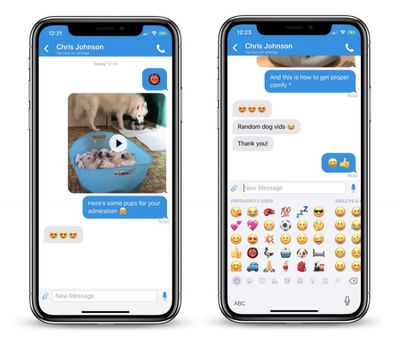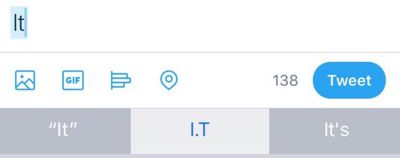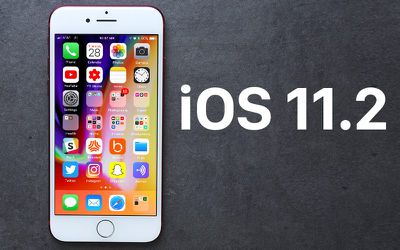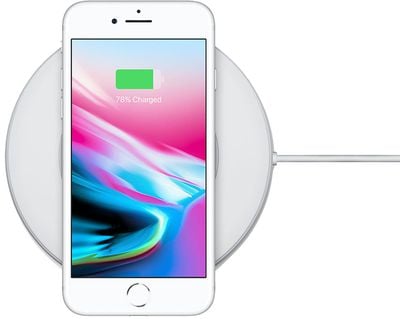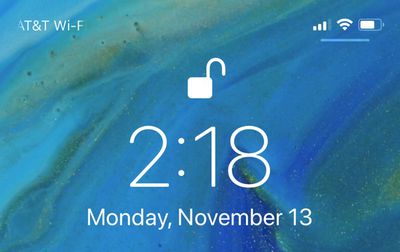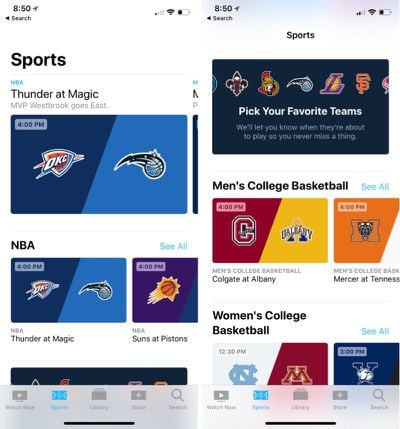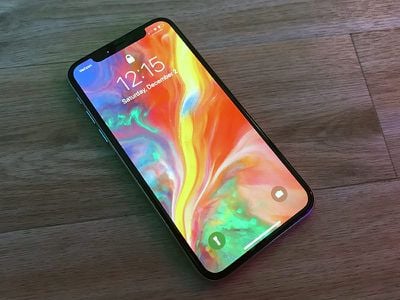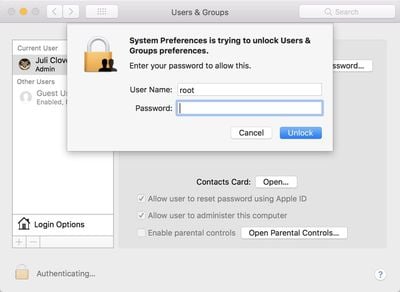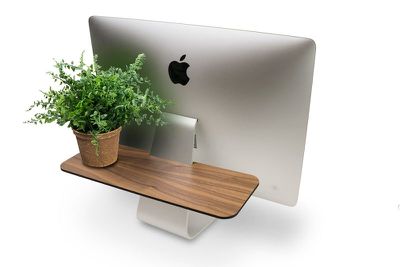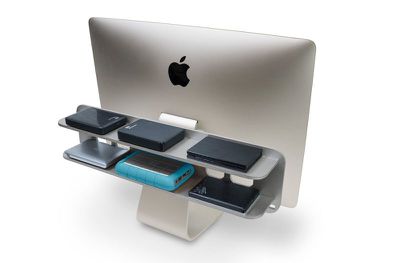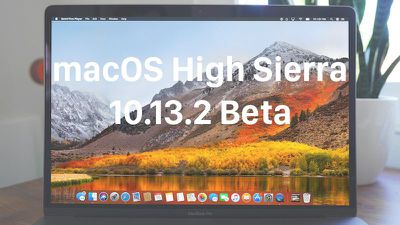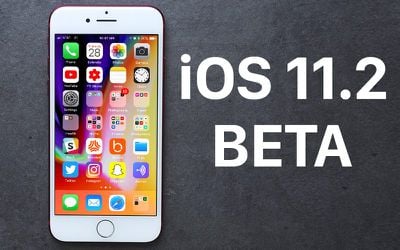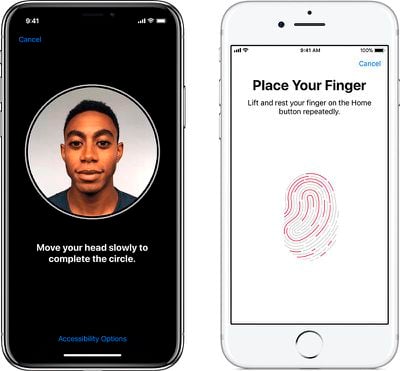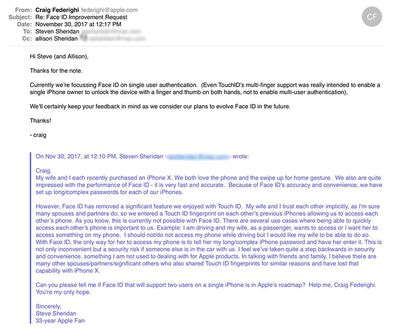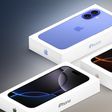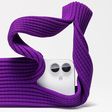Chinese developers have earned more selling apps on Apple's iOS platform than devs from any other country, Apple CEO Tim Cook said on Sunday (via Bloomberg). His comments were made in a keynote speech given at China's annual state-run World Internet Conference, which aims to develop the digital economy, while operating under the rubric of respecting the right of sovereign nations to regulate and control public internet access.
Cook said developers on its iOS platform number 1.8 million in China, collectively earning a total of $16.9 billion, which is roughly a quarter of total global App Store earnings. Apple said earlier this year that the global developer community has earned over $70 billion since the App Store launched in 2008.

"The theme of this conference – developing a digital economy for openness and shared benefits – is a vision we at Apple share," Cook said. "We are proud to have worked alongside many of our partners in China to help build a community that will join a common future in cyberspace."
China's cyber regulation has stepped up in the last year, with new rules coming into force that require companies to store data locally and make data available for surveillance measures. Apple was the first foreign tech firm to announce amendments to its data storage arrangements in China, when the cybersecurity laws came into effect in June.
"Much has been said of the potential downsides of AI, but I don't worry about machines thinking like humans. I worry about people thinking like machines," he said. "We all have to work to infuse technology with humanity, with our values."
Technology of the future should have openness, creativity and safeguards to protect users while providing privacy and decency, he added.
Cook's words appeared carefully chosen so as not to upset his Chinese hosts, who routinely curtail access to online services seen as a potential threat to the country's internal cohesion. Facebook and Instagram have been blocked by China's Cyberspace Administration since 2009 and 2014, respectively. Encrypted messaging service Telegram was also blocked inside China after it became popular with the country's human rights lawyers, while several VPN apps – which are commonly used to evade censorship and access services abroad – were recently pulled from China's App Store in compliance with stricter state rules.
The Wuzhen-based conference was opened earlier on Sunday with comments from Chinese president Xi Junping, read by the head of the government's publicity department, in which Xi advocated for "cyber sovereignty", the idea that states should be permitted to manage and contain their own internet without external interference.
"Developments online are raising many new challenges to sovereignty and security, and China is willing to work with the international community to respect cyberspace sovereignty and promote partnerships," said Xi in the note. "The development of China's cyberspace is entering a fast lane... China's doors will only become more and more open."
China remains the world's biggest smartphone market, one which historically Apple has struggled to penetrate. The company shipped an estimated 11 million iPhones in China last quarter, up 40 percent from the year-ago quarter, despite six consecutive quarters of declining iPhone sales in the region.
Note: Due to the political nature of the discussion regarding this topic, the discussion thread is located in our Politics, Religion, Social Issues forum. All forum members and site visitors are welcome to read and follow the thread, but posting is limited to forum members with at least 100 posts.



